How to Apply Design Thinking of Offboarding
According to Aberdeen research, only 29% of organizations have a formal offboarding process to transition employees out of an organization. Offboarding is a cross-functional and holistic process of transitioning an employee out of an organization. It is a critical moment that matters in the employee lifecycle with lasting impacts on brand reputation, customer relationships and business continuity.
Organizations cannot afford to overlook the offboarding experience in today’s talent economy and a world that’s more connected than ever. In this post, we’ll explore applying design thinking to offboarding as a means to drive employer brand reputation, mitigation of risk and business continuity.
Why is offboarding important?
Offboarding is an opportunity to deliver on your brand promise, collect valuable feedback about the employee experience and mitigate risk. Whether separations are voluntary, involuntary or temporary, every interaction is an opportunity to communicate and deliver a complete experience – to include benefits and 401k information as well as post-employment payment arrangements. For the organization, it’s essential to facilitate the return of company-owned physical and intellectual property as well as the review of NDAs and non-compete agreements.
A quick refresher on design thinking
In our previous blog on how to apply design thinking to the onboarding experience, we described empathy mapping as a mechanism to understand critical moments, potential detractors or roadblocks in that experience as well as opportunities to make an impactful impression. “Design thinking is a methodology for creative problem solving”, according to Standford Design Thinking.
Applying design thinking to offboarding
The three most essential components of the offboarding experience are a supportive transition, knowledge transfer and the mitigation of risk. Let’s take a look at each of the three components individually.
- Supportive transition – a common challenge in offboarding is the logistical and cross-functional coordination or a departure. This gap often leaves employees feeling as though they’re in the dark in their last days or weeks and exposes the organization to risk in terms of levels of productivity, property and data loss. Many organizations leverage checklists, workflows and automation to ensure a complete, communicative exit that embodies the employer brand. Some organizations leverage an alumni portal that departing employees can opt-in to, which continues to highlight organizational opportunities and happenings to preserve the connection to the company and create brand advocates, generating a referral network and potentially boomerang employees.
- Knowledge transfer – When employees leave an organization, they take all of their knowledge and experience with them. Organizations with mature offboarding programs institutionalize the facilitation of knowledge, project and client relationship transfer at critical junctures to the right stakeholders to maintain productivity, customer service levels and business continuity.
- Mitigation of risk – Organizations that don’t have a structured offboarding program lack the ability to audit the return of company-owned physical or intellectual property, opening them up to the risk of data loss. A formal, automated and tactfully executed exit reduces the administrative costs and burden, the propensity for errors or forgotten details and preserves the organization’s reputation and competitive ability. It also ensures employees remove their personal data from company-owned devices or accounts to protect themselves.
The impact of a more mature, empathetic offboarding program
It’s more important, now than ever, to understand the highs and lows at different inflection points in the employee life cycle and engineer out any friction or negative experiences wherever possible. Similar to the new hire onboarding experience, a mature offboarding strategy is illustrative of the brand’s culture and values. A complete and respectful exit keeps the door open to future opportunities and potential rehires, preserves business continuity and client relationships and mitigates risk.



















